Do you have a question about the Panasonic TX-P42S10E and is the answer not in the manual?
| Depth | 105 mm |
|---|---|
| Height | 661 mm |
| Weight | 25000 g |
| Pixel pitch | 0.048 x 0.480 mm |
| Audio system | V-Audio Surround |
| PC in (D-Sub) | Yes |
| Product color | Black |
| Response time | 0.001 ms |
| Audio (L/R) in | 1 |
| RMS rated power | 20 W |
| Display diagonal | 42 \ |
| Depth (with stand) | 334 mm |
| Display technology | Plasma |
| Width (with stand) | 1029 mm |
| HDMI ports quantity | 3 |
| Height (with stand) | 704 mm |
| Weight (with stand) | 27000 g |
| Contrast ratio (typical) | - |
| Operating temperature (T-T) | 0 - 35 °C |
| Power consumption (standby) | 0.4 W |
| Power consumption (typical) | 175 W |
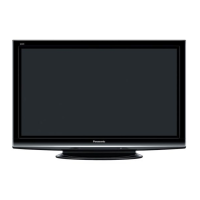


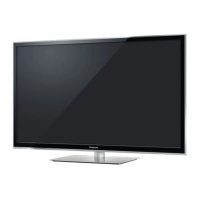
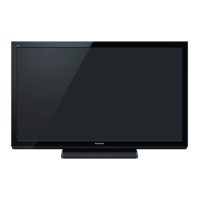
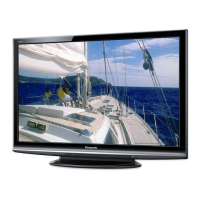
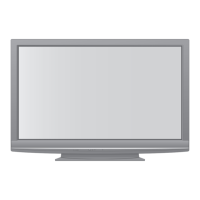
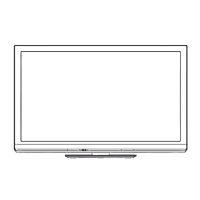
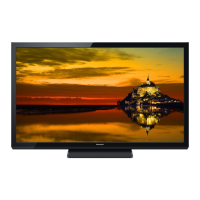
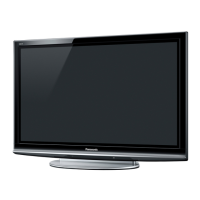

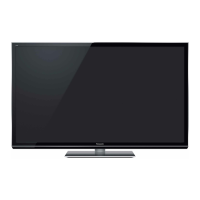
